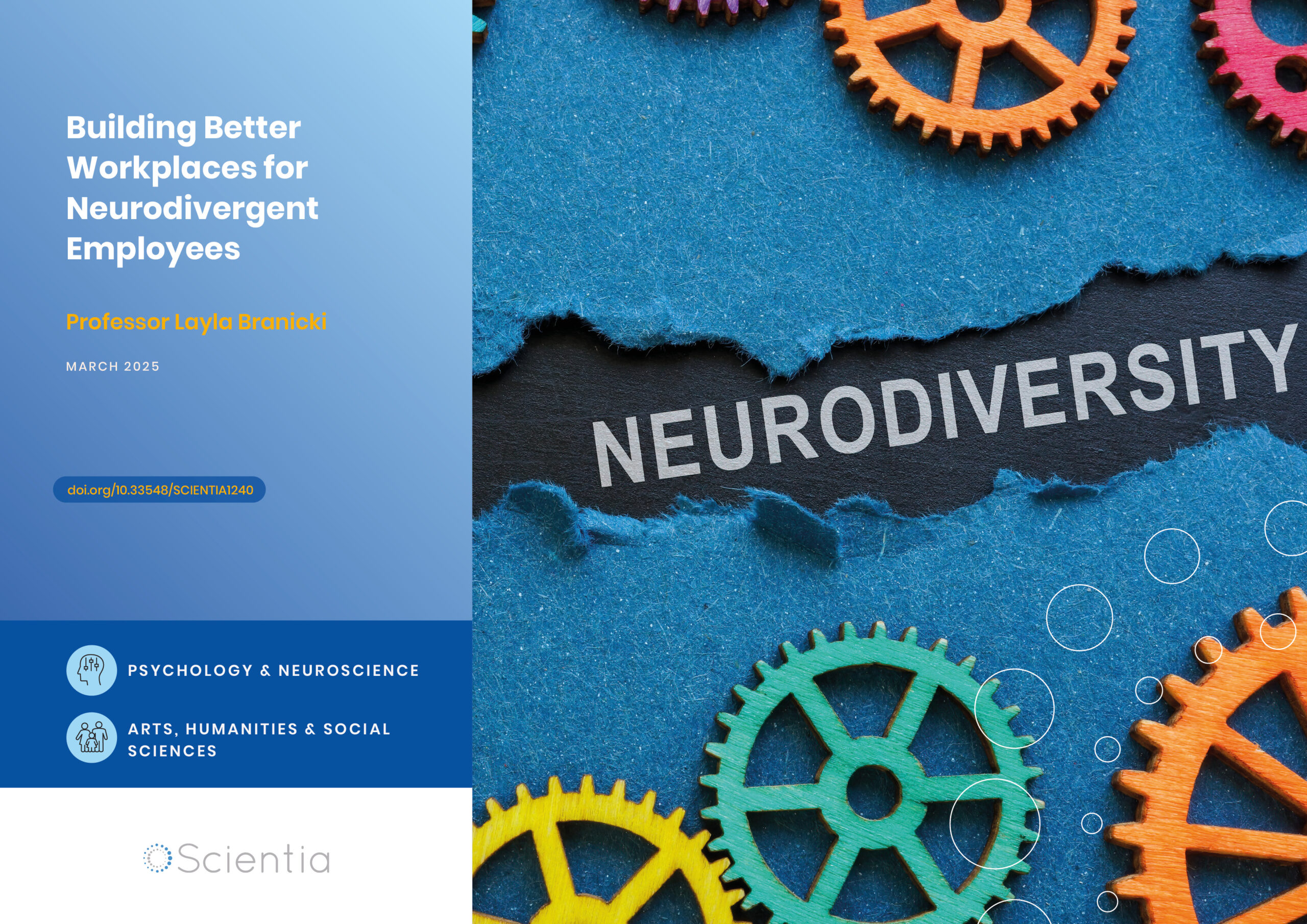Dr Jock Given – Retracing the History of Radio-frequency Management
Radio-frequency (RF) spectrum management is a crucial part of media and communications history, as it has shaped how people access information and communicate with others. Dr Jock Given, Professor at Swinburne University of Technology, has written numerous books and articles focusing on this topic. He combines ideas from economics, law, history, and business with his own experience as an economics researcher and policy advisor.
The Evolution of Communications
The development of wireless communication technology in the late 19th century opened exciting possibilities for communication and disseminating information. This innovation enabled the development of revolutionary technologies, realising things that previously seemed impossible. However, it also introduced new challenges, including how to manage radio-frequency (RF) waves: the part of the electromagnetic spectrum used for radio communication.
Dr Jock Given, Professor of Media and Communications at Swinburne University of Technology, has been studying RF spectrum management for over three decades, since he started working for the Australian Government’s Department of Communications in the 1980s. ‘We were concerned about getting good value from public resources,’ says Dr Given. ‘After we amended media ownership rules in Australia to make it easier for media companies to buy more media assets, there was a frenzy of buying and selling. Especially prized were companies controlling TV and radio licenses, as governments only handed out a limited number of licenses.’
‘We could not change what had already happened but the Government did decide to change the way we allocated some RF spectrum in the future.’ The first step was to auction some FM frequencies for commercial radio stations. Dr Given was involved in this new approach and thus witnessed first-hand the challenges associated with innovation in RF management.
Considering the introduction of digital television and radio in the 1990s, Dr Given was involved in new spectrum management decisions, particularly those regarding reallocation of the spectrum vacated when television migrated to digital transmission.

Milestones in RF Management
Governments worldwide became interested in the RF spectrum when they realised it could be used for military, commercial, and political purposes. Once people started using frequencies to send wireless telegraphs in the late 1890s and early 1900s, initial questions arose about who should gain access to them. ‘If everyone started using all the frequencies at once, the system wouldn’t work,’ Dr Given explains. ‘There had to be international cooperation to decide which countries and which operators got spectrum.’ These allocations became much more important when international wireless telegraph services were established using short-wave frequencies in the 1920s and achieved stunning success.
Around the same time, some countries started introducing radio broadcasting, which allowed a single transmitter to diffuse audio to receiving devices, over a specific frequency. Governments had to make decisions about how frequencies would be allocated to radio broadcasters. ‘In Britain, they decided it should be a monopoly, in the US they decided that spectrum should be controlled by private companies, and in Australia we had a system that combined both,’ says Dr Given. ‘When television came along, it was as though radio had been a dress rehearsal for the decisions about allocating spectrum for it. So, countries went through the same considerations again.’
The deployment of satellites in the 1960s and the introduction of mobile technology in the 1980s further increased the demand for RF spectrum, so its value skyrocketed. Companies were now trying to access spectrum to provide many more types of services, further complicating its allocation.
From Analogue to Digital Television
One of the most decisive moments in the history of RF Spectrum Management was the transition from analogue to digital TV. Digital transmission allowed broadcasters to make much more efficient use of spectrum. This meant that they could hand back some of the spectrum they had been using to the government, after a period of simulcasting.
‘Governments were trying to work out who should get the vacated spectrum and how much they should pay for it,’ says Dr Given. ‘Many complicated decisions had to be made and clashes occurred between television, mobile, telecommunications, the internet, and broadband, who were all saying: we are the future.’
Dr Given published books and articles examining early policy options in Australia, the UK and the US, the shifting realities as the migration got underway, and finally several retrospective evaluations of the whole process in Australia. While the transition lasted approximately 15 years, it was successfully completed in most countries.
‘This was a hugely contentious issue around the world in the late 90s and early 2000s, but we all managed to tackle it,’ Dr Given says. ‘The good thing was, in Australia at least, that the government ended up receiving billions of dollars for the spectrum that was freed up by moving TV to digital, which more than covered the cost of the whole transition.’

International Spectrum Management
While different governments have distinct RF spectrum allocation policies, three main strategies have been used so far. The first entails the auctioning of big blocks of spectrum with flexible usage terms. This method is often used to allocate spectrum to the big mobile network operators. Another way is to give out licenses for specific frequencies, typically asking companies for an annual fee to use that frequency at a specific place. Most users of RF spectrum are authorised this way.
‘The third strategy is what we call class licensing or unlicensed spectrum,’ Dr Given says. ‘People who own mobile phones and other technologies that use RF don’t need a license that authorises them to use it. Instead, the spectrum regulator determines a license for that type of equipment. As long as the device manufacturers comply with the terms and conditions, they can use the parts of the spectrum that are licensed this way.’
These different spectrum allocation strategies have been the subject of debate for years. From the 1990s, much more spectrum has been allocated in large blocks via auction. Now, many are asking for more unlicensed spectrum, which could be used freely by innovators.
In his work, Dr Given also examined the ways in which spectrum allocation can adapt over time, particularly following important technological changes. Often, the ways that some countries deal with these transitions influence how others approach them in the following years.
‘One of the reasons that we look closely at what’s happening with spectrum allocations internationally is that consumer devices are sold internationally,’ Dr Given explains. ‘So, when mobile and laptop makers produce their equipment, they need to ensure that it will work anywhere in the world with minimal modification.’
Technology and People
Dr Given’s work often focuses on the individuals who developed new media and communications technologies. ‘I am particularly interested in the people who do these remarkable, surprising things,’ Dr Given explains. ‘Often, these are very tenacious people who have an idea that seems crazy at the time, yet they’re very convinced that they can make it happen.’
Dr Given has written many articles focusing on important figures throughout media and communications history. For instance, he published an article on Inside Story in 2019 about the life of Sydney-born engineer Cyril Elwell, a pioneer of wireless communication in both America and Europe. In his PhD thesis, he also explored the life of Ernest Fisk, a founding figure of wireless communication in Australia and later managing director of the music giant EMI.
‘One of the most interesting dimensions to him, an Englishman who came to Australia, was that he had personal reasons for wanting to conquer the distance between Australia and Britain,’ Dr Given says. ‘So, while there are many reasons that things change in media, I’m always interested in the role that some individuals play and why they decide to pursue one thing with such tenacity.’
In his research, Dr Given also emphasises the importance of communication for large countries that are geographically isolated, such as Australia and New Zealand. ‘Communication has always mattered to everyone, yet it matters even more to those far away from other key political, commercial, and trading centres,’ he says.

Exploring the Fate of Television
Years after the switch from analogue to digital transmission, television is now undergoing further transformation, fuelled by the rise of Netflix and other streaming services. Some of Dr Given’s recent work focuses on this transformation and its implications for broadcast television. ‘People have been predicting the end of television for a long time,’ Dr Given says. ‘However, when we talk about television, we’re actually talking about different things in different places. For example, in European countries, Australia and New Zealand, public service broadcasters are much more important than they ever were in the US.’
In recent years, streaming platforms have become major competitors for broadcast television in many countries. Dr Given believes that these platforms will increasingly be expected to take on the public policy obligations that national broadcasters had in the past, for instance committing certain amounts of money to the production of local content.
‘So, will television disappear? Some aspects of it have already disappeared,’ Dr Given says. ‘For instance, movies used to be regularly screened on broadcast television, but they’re not screened to the same extent as they were once, while live television is still very important.’
Dr Given also highlights two other developments in the transformation of television in recent years, namely the emphasis on bigger screens and the rising interest in high-quality episodic series. ‘In 2000, many people felt that television drama would not survive, yet it’s reached a golden age over the last 15 years of streaming services,’ Dr Given says.
The Future of Spectrum Management
In the future, Dr Given plans to explore the possible ‘end’ of television in more depth, focusing on the implications that this would have for spectrum management. ‘Shutting down broadcast television, shifting it all to online delivery, is conceptually appealing because it would free up so much spectrum for other purposes,’ Dr Given says. ‘But it is really hard to do, especially because you’re likely to have a large and very long tail of older consumers who still rely on broadcast television and others who don’t have access to high-speed internet.’
In addition to investigating the impact of shutting down broadcast television, Dr Given’s research is examining the rise of low-Earth orbiting satellites. He believes that these satellite constellations raise new important questions and challenges for RF spectrum allocation. ‘Satellites were previously seen as big and expensive objects. These new satellites have become small, mass-produced things,’ says Dr Given. ‘There are now thousands of satellites in the sky. Elon Musk and others have been ahead of regulatory processes and I think governments are struggling to keep up.’
SHARE
DOWNLOAD E-BOOK
REFERENCE
https://doi.org/10.33548/SCIENTIA795
MEET THE RESEARCHER

Dr Jock Given
Professor of Media and Communications
Swinburne University of Technology
Hawthorn, Victoria
Australia
Dr Jock Given is a Professor of Media and Communications at Swinburne University of Technology. He holds a PhD in Historical Studies from the University of Melbourne, as well as a BA in English and Journalism, an LLB, a BComm, and a BEcon from the University of Queensland. Before he started teaching, Dr Given was a Senior Research Fellow at Swinburne University of Technology. From 1995 to 2000, he also directed the Communications Law Centre at University of NSW in Sydney. Previously, he served as a Policy Advisor for the Australian Film Commission and was Director of Legislation and Industry Economics at the Australian Department of Transport and Communications. Dr Given has been conducting research rooted in Media and Communications for over three decades, focusing on a wide variety of topics related to history, business, law, policy, and Radio Frequency (RF) spectrum management. He is a founding associate editor of the Journal of Digital Media and Policy, previously known as the International Journal of Digital Television, and a member of the international editorial board of Elsevier’s Telecommunications Policy journal.
CONTACT
E: jgiven@swin.edu.au
W: https://www.swinburne.edu.au/research/our-research/access-our-research/find-a-researcher-or-supervisor/researcher-profile/?id=jgiven
FURTHER READING
G Tanner, and J Given, Should TV Move?, Journal of Telecommunications and the Digital Economy, 2020, 8, 4.
J Given, Did it work? An update on the costs and benefits of the transition to digital TV in Australia, International Journal of Digital Television, 2018, 9, 42.
J Given, and M Cave, Editorial: Optimising spectrum use, Telecommunications Policy, 2017, 41, 5-6, iii-vi.
J Given. Born global, made local: multinational enterprise and early Australian wireless, Australian Economic History Review, 2017, 57, 2, 158-193.

REPUBLISH OUR ARTICLES
We encourage all formats of sharing and republishing of our articles. Whether you want to host on your website, publication or blog, we welcome this. Find out more
Creative Commons Licence (CC BY 4.0)
This work is licensed under a Creative Commons Attribution 4.0 International License. 
What does this mean?
Share: You can copy and redistribute the material in any medium or format
Adapt: You can change, and build upon the material for any purpose, even commercially.
Credit: You must give appropriate credit, provide a link to the license, and indicate if changes were made.
SUBSCRIBE NOW
Follow Us
MORE ARTICLES YOU MAY LIKE
Professor Edward Smith | Soaring to New Heights: Investigating the Aeroelastic Stability of Composite Aircraft Wings
Combining the best aspects of helicopters and fixed-wing aircraft into a single vehicle has been a long-held ambition in the aerospace industry. From Leonardo da Vinci’s early drawings of an ‘aerial screw’ to the V-22 Osprey tiltrotor aircraft used by the U.S. military today, engineers have grappled with the challenge of creating aircraft capable of both vertical take-off and landing (VTOL) and high-speed forward flight. While helicopters offer unparalleled VTOL performance, their top speeds are limited to around 300 km/h. Fixed-wing aircraft offer greater speed but require long runways for take-off and landing. Reconciling these conflicting design requirements is a major challenge.
Enabling Systems Engineering in an Unsupportive Environment
In an ideal world, systems engineers would work in organisations that fully embrace and support best practices in their field. However, the reality is often quite different, with many engineers finding themselves in environments that are unsupportive or even hostile to effective systems engineering practices. Eileen Arnold and Dorothy McKinney, two experienced systems engineers, have devoted their careers to helping fellow engineers navigate these challenging situations and make a positive impact despite organisational obstacles. Their insights and strategies provide a roadmap for success in even the most difficult circumstances.
Professor Layla Branicki | Building Better Workplaces for Neurodivergent Employees
The landscape of work is undergoing a radical transformation, with flexible arrangements and remote working becoming increasingly embedded in organisational culture. However, for the estimated 15-20% of people who are neurodivergent – including those with Autism Spectrum Disorder (ASD), Attention-Deficit Hyperactivity Disorder (ADHD), dyslexia, and other cognitive differences – navigating the workplace can present unique and sometimes overwhelming challenges. Researchers at the University of Bath have conducted the largest UK study of its kind, exploring how flexible working practices can support neurodivergent employees in the workplace, revealing both challenges and opportunities for creating more inclusive work environments.
The Decline of Volunteering in America: Economic Factors and Rural-Urban Differences
Volunteering rates have been declining across the US in recent decades, raising concerns about the health of civil society and local communities. Researchers Dr Rebecca Nesbit, Dr Laurie Paarlberg, and their colleagues have investigated the complex economic and geographic factors contributing to this trend. Their work sheds light on how economic conditions, rural-urban differences, and community characteristics shape volunteering behaviors across the country.





